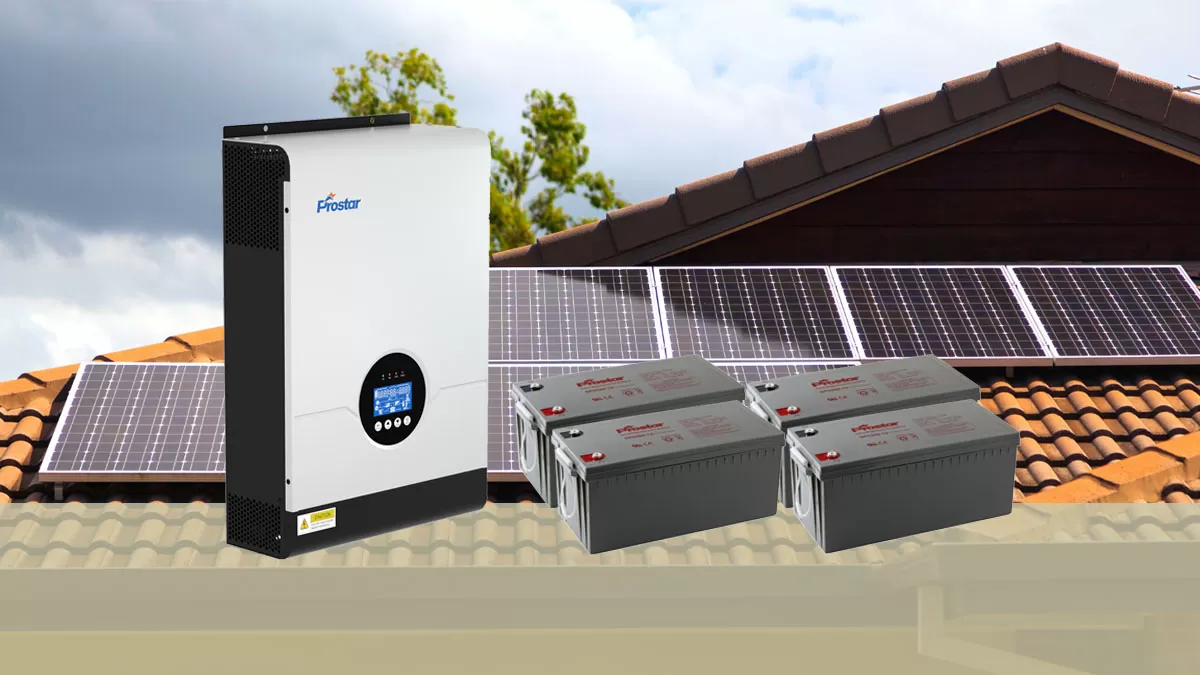How Long Does A Gel Battery Last? An In-Depth Exploration
Gel battery, a durable and low-maintenance variant of lead-acid batteries, employ a silica gel-immobilized electrolyte.
This unique design enhances stability and reliability, making them suitable for demanding applications. This article delves into the factors influencing gel battery lifespan, providing a comprehensive guide to optimize their performance and longevity.
What is a Gel Battery?
Unlike traditional lead-acid batteries, gel batteries employ a thickened sulfuric acid electrolyte suspended in a silica gel.
This innovative design offers several advantages:
- Spill-proof: The gelled electrolyte prevents acid leaks, enhancing safety and versatility.
- Low Maintenance: Eliminating the need for regular watering simplifies battery care.
- Enhanced Safety: Reduced risk of overheating and improved resistance to vibration bolster durability.
Factors Affecting Gel Battery Lifespan.
1. Temperature.
Excessive heat accelerates gel electrolyte degradation, while extreme cold hinders power delivery. For optimal performance, maintain gel batteries within a temperature range of 20°C to 25°C (68°F to 77°F).
2. Charging Practices of a Gel Battery.
Proper charging is essential for extending the lifespan of gel batteries. Overcharging causes toxic gasses and overheating, whilst undercharging results in sulphation. It is critical to use a gel battery-specific charger and follow the voltage and current charging guidelines specified by the manufacturer.
3. Discharge Cycles of a Gel Battery
The amount of discharge cycles that a gel battery can withstand directly affects its longevity. Gel batteries are designed to withstand more deep discharge cycles than traditional lead-acid batteries.
However, repeated deep discharges can shorten their overall life. Regularly discharging and recharging the battery within the recommended depth of discharge (DoD) range can assist to extend its life.
4. Maintenance and Storage of a Gel Battery
Although gel batteries require no care, proper storage and occasional examination can help them last longer. Keep the batteries in a cool, dry place and make sure the terminals are clean and corrosion-free. If the battery is not used for an extended period of time, it should be recharged on a regular basis to keep it healthy.
Lifespan of Gel Battery: What to Expect
When used properly, gel batteries can last between 5 and 8 years. However, a number of factors can have an impact on this range:
- High-Quality Batteries: With regular maintenance, premium gel batteries can last up to 8 years.
- Batteries: Used in hostile settings or with frequent deep discharges may have a reduced life expectancy.
- Charging Systems: Advanced charging systems can help increase battery life by maintaining ideal charge levels.
Average Lifespan Based on Usage
- Light Usage: 6 to 8 years
- Moderate Usage: 4 to 6 years
- Heavy Usage: 3 to 4 years
Best Practices for Extending Gel Battery Lifespan
1. Use a Quality Charger
Invest in a high-quality, gel battery-compatible charger to ensure proper charging and avoid overcharging.
2. Maintain Proper Temperature
Store and operate the battery within the recommended temperature range to prevent heat damage or freezing.
3. Monitor Battery Health
Regularly check the battery’s charge level and overall condition to identify potential issues early.
4. Avoid Deep Discharges
Minimize deep discharges to prevent excessive wear on the battery. Aim to keep the battery charge above 50% whenever possible.

Conclusion
Gel batteries life span are a dependable and maintenance-free solution for a variety of applications, with a life expectancy of 4 to 6 years under ideal conditions. You may extend the life of your gel battery by following best practices for charging, temperature regulation, and usage. Understanding these characteristics will allow you to make more educated decisions and guarantee that your battery works optimally throughout its life.
| Factor | Sub-Factor | Description |
| Battery Lifespan | Usage Patterns | How the battery is used over time |
| Frequent Deep Discharges | Draining the battery to very low levels before recharging | |
| High Loads | Consistently using the battery for high-power tasks | |
| Environmental Conditions | The temperature and other external factors the battery is exposed to | |
| High Temperature | Exposing the battery to very hot temperatures | |
| Low Temperature | Exposing the battery to very cold temperatures | |
| Charging Practices | How the battery is charged | |
| Overcharging | Continuing to charge the battery after it is full | |
| Undercharging | Not charging the battery fully | |
| Wrong Charger | Using a charger that is not compatible with the battery | |
| Maintenance | How the battery is cared for | |
| Regular Checks | Inspecting the battery for signs of damage or wear | |
| Clean Connections | Keeping the battery terminals clean and free of corrosion |
FAQ: Gel Battery
The maximum charging voltage of a 12 volt gel cell battery varies based on the model and manufacturer. However, for the absorption phase of charging, the usually accepted range is 14.4V to 14.8V. To ensure the longest battery life, follow the battery manufacturer’s charging requirements.
The physical dimensions of a 200Ah gel battery vary depending on the manufacturer. There are no set dimensions for all 200Ah gel batteries. To find the exact size of a certain battery, go to the manufacturer’s product specs.
Gel batteries are often more expensive than lead-acid batteries. However, the extra expense is frequently offset by a longer lifespan, improved performance, and fewer maintenance requirements.
A 200Ah gel battery can hold 2.4 kWh of electricity. This is computed by multiplying the battery’s voltage (12V) by its amp-hour capacity (200Ah) and dividing by 1,000.
This computation yields the highest theoretical energy storage capacity. The actual usable energy is often lower due to factors such as battery state of charge and discharge rate.


